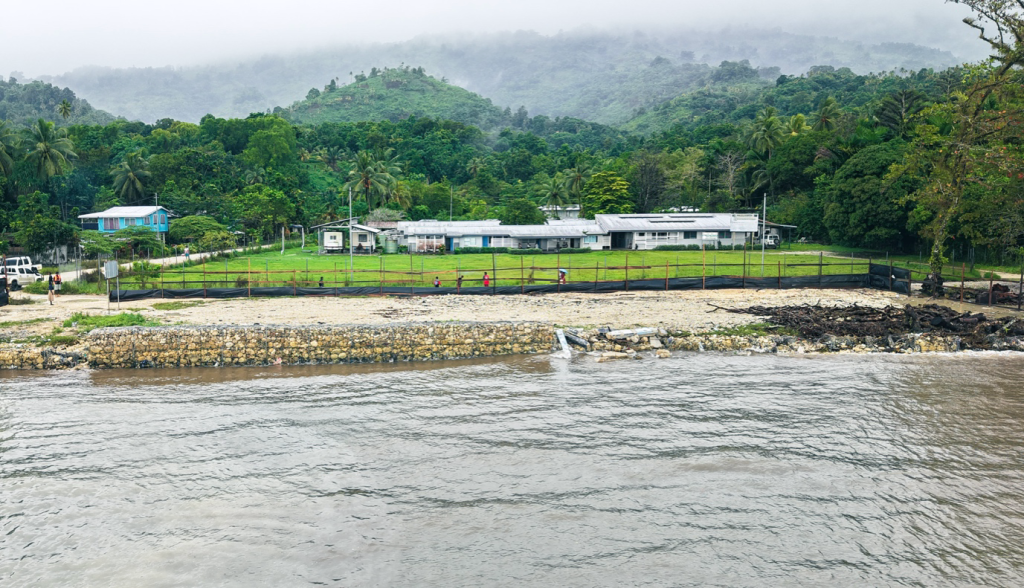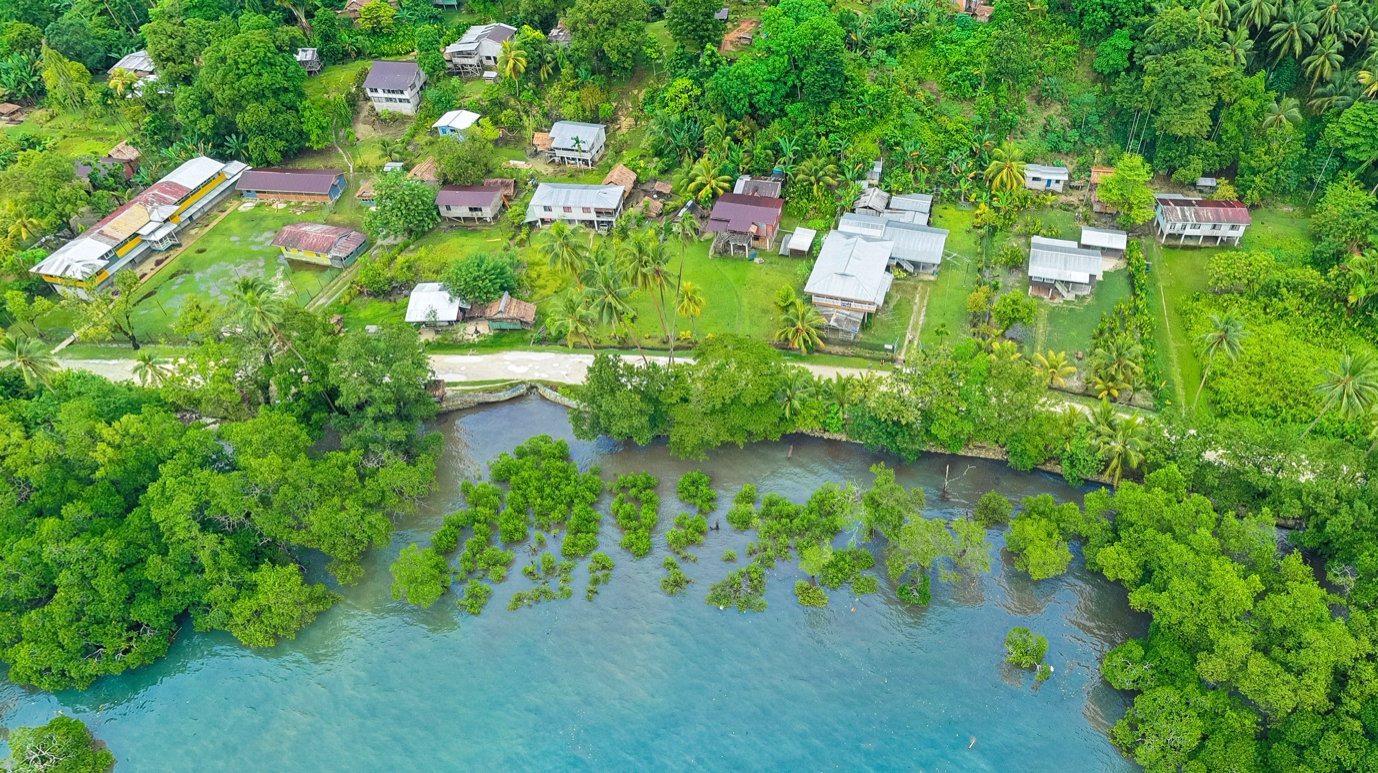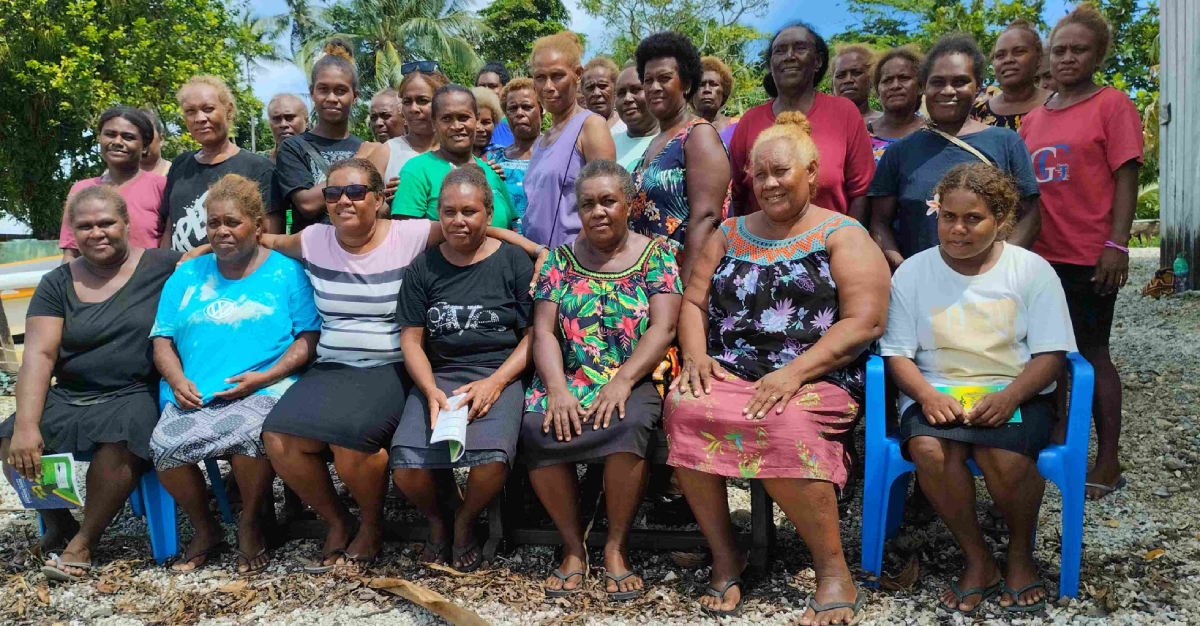Communities in Malu’u, North Malaita are protecting their shoreline from sea level rise, including at the new Malu’u Market by planting mangroves and coastal trees.
Twenty-one participants from Kwene, Darowaraua and Duruabu villages within Malu’u have completed a one-day mangrove rehabilitation and management training workshop, delivered by mangrove and conservation expert Mr Jnr John Walenenea from the Fera Au Conservation Association.
Mangroves are proven to help stabilise coastlines, reducing erosion, and protecting against storm surges and floods.
Their dense root systems bind soil, prevent erosion, and trap sediments, while their dense vegetation absorbs wave energy and protects shorelines from damage. Mangroves also filter pollutants and improve water quality.
The redevelopment of Malu’u Market is one of six provincial market redevelopments being supported by Australia, which aim to deliver quality, resilient infrastructure using local companies, to boost rural economic activity.
Australia’s High Commissioner to Solomon Islands, His Excellency Rod Hilton, said the Malu’u Market project represented community-driven action on climate change.
“By working with Solomon Islands experts and empowering communities with training and tools, we’re helping to create infrastructure that is built to last and skilled jobs for local communities,” High Commissioner Hilton said.
“This collaboration between local communities, environmental specialists, and our infrastructure program highlights how we can work together to integrate sustainable practices into infrastructure projects that benefit Solomon Islands.”
Mr Walenenea said his approach combined technical engineering with traditional knowledge and nature-based solutions.
“We’re helping people manage their coastline using the strength of the natural environment and creating jobs at the same time.”
“The goal is to ensure the survival of mangroves and trees that serve three functions as natural buffers to the sea, carbon sinks for CO2, and improved water quality.”
The new market, which is close to the shoreline, will be constructed with a concrete sea wall and mangroves planted in front of it, and coastal trees along the shoreline.
Workshop participants learned how to identify planting zones, establish nurseries and site preparation, collect and manage seedlings, and transplant mangroves and other coastal trees to location.
– AHC





